How the Food Network became less about food and more about winning
Turn on the Food Network any night of the week, and this is what you’ll probably see: “a larger-than-life host, a specifically defined challenge, bombastic music, a set time limit, a panel of judges, and a cast of contestants whose back-story and biographical detail serves to heighten the stakes and fan the [program’s] already heated dramatic flame.”
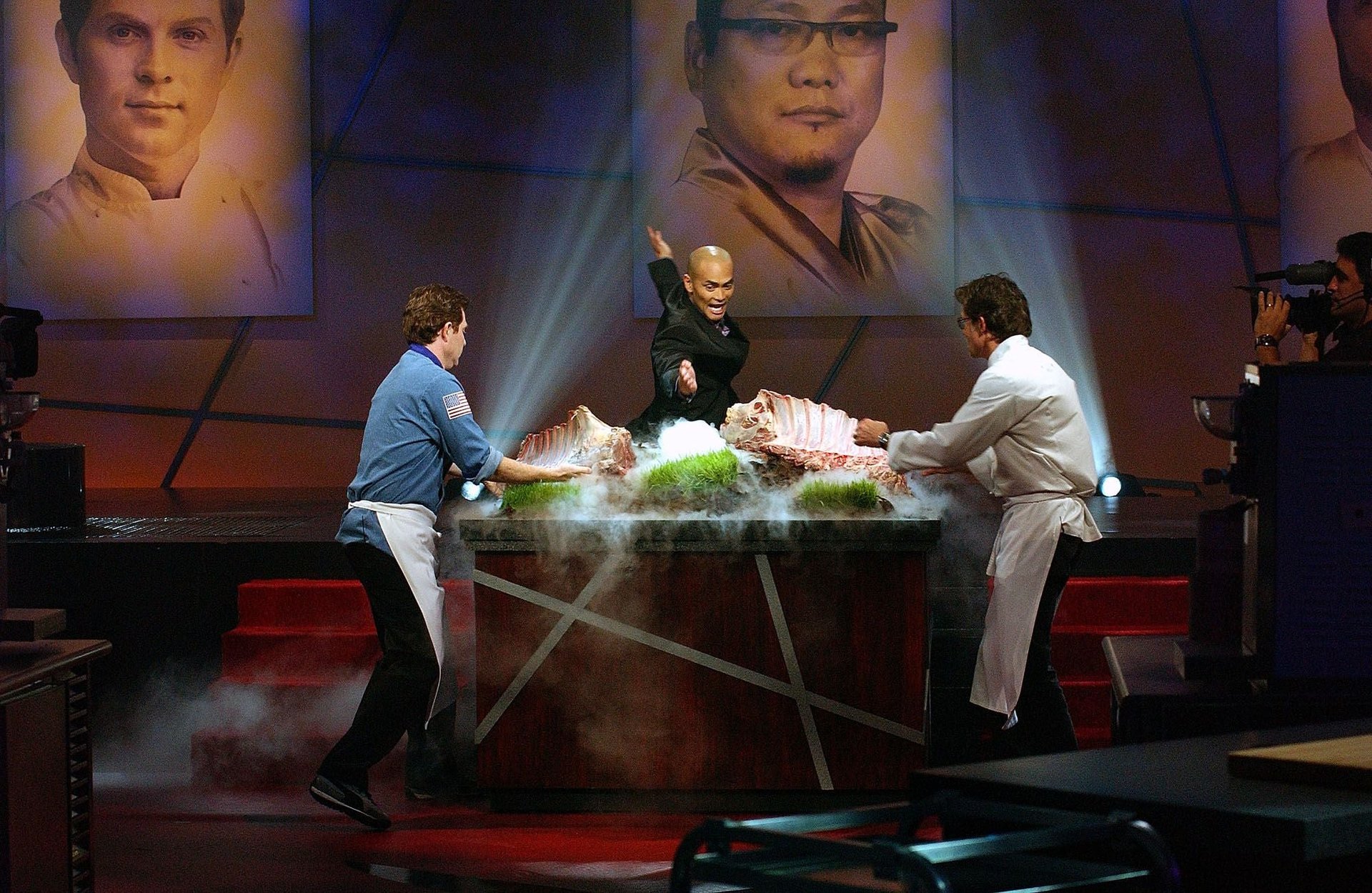

Turn on the Food Network any night of the week, and this is what you’ll probably see: “a larger-than-life host, a specifically defined challenge, bombastic music, a set time limit, a panel of judges, and a cast of contestants whose back-story and biographical detail serves to heighten the stakes and fan the [program’s] already heated dramatic flame.”
That’s according to a 2013 study of Food Network’s evolution from University of Wisconsin-Milwaukee associate professor Tasha Oren. The Food Network may have started as a channel focusing on the dishes themselves—think Emeril Lagasse and “Bam!” But in order to grow, the network has abandoned its food focus in favor of formulaic competition.
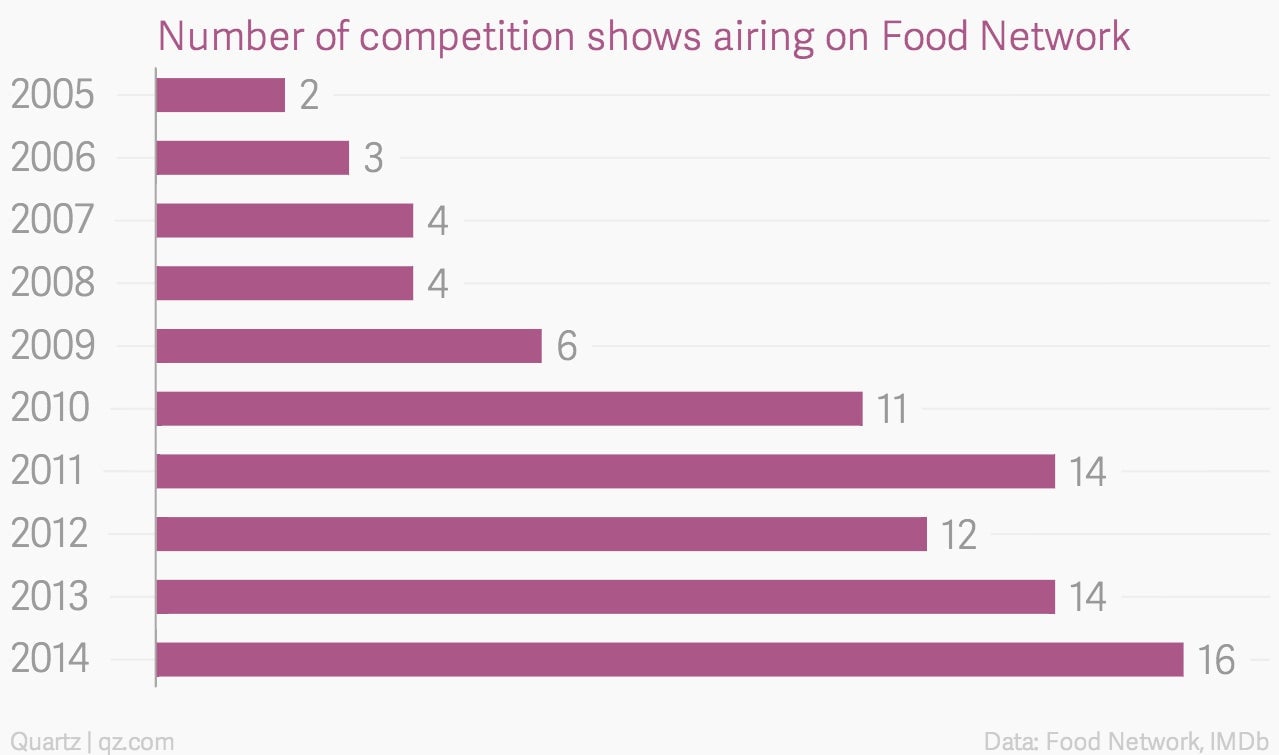
(These numbers are based on the year that a show aired most of its episodes during a season. Some shows, like Chopped, are counted by the network as separate shows even though they’re essentially the same—Chopped spawned Chopped Tournament, for example, which pits winners of previous themed shows against each other in a four-show tournament. Here Chopped and Chopped Tournament are counted as one show.)
The trend started with Iron Chef, which came to the network in 1999 from Japan. By 2000, Iron Chef was beating out Lagasse’s Emeril Live as the most-watched show on the network; Emeril scored an average of 335,000 viewers per show versus the Iron Chef’s 372,000. Iron Chef was rife with theatrics and a sport-like atmosphere; the setting is called Kitchen Stadium, there’s a commentator on the floor, and the chefs have an hour to prepare five courses.
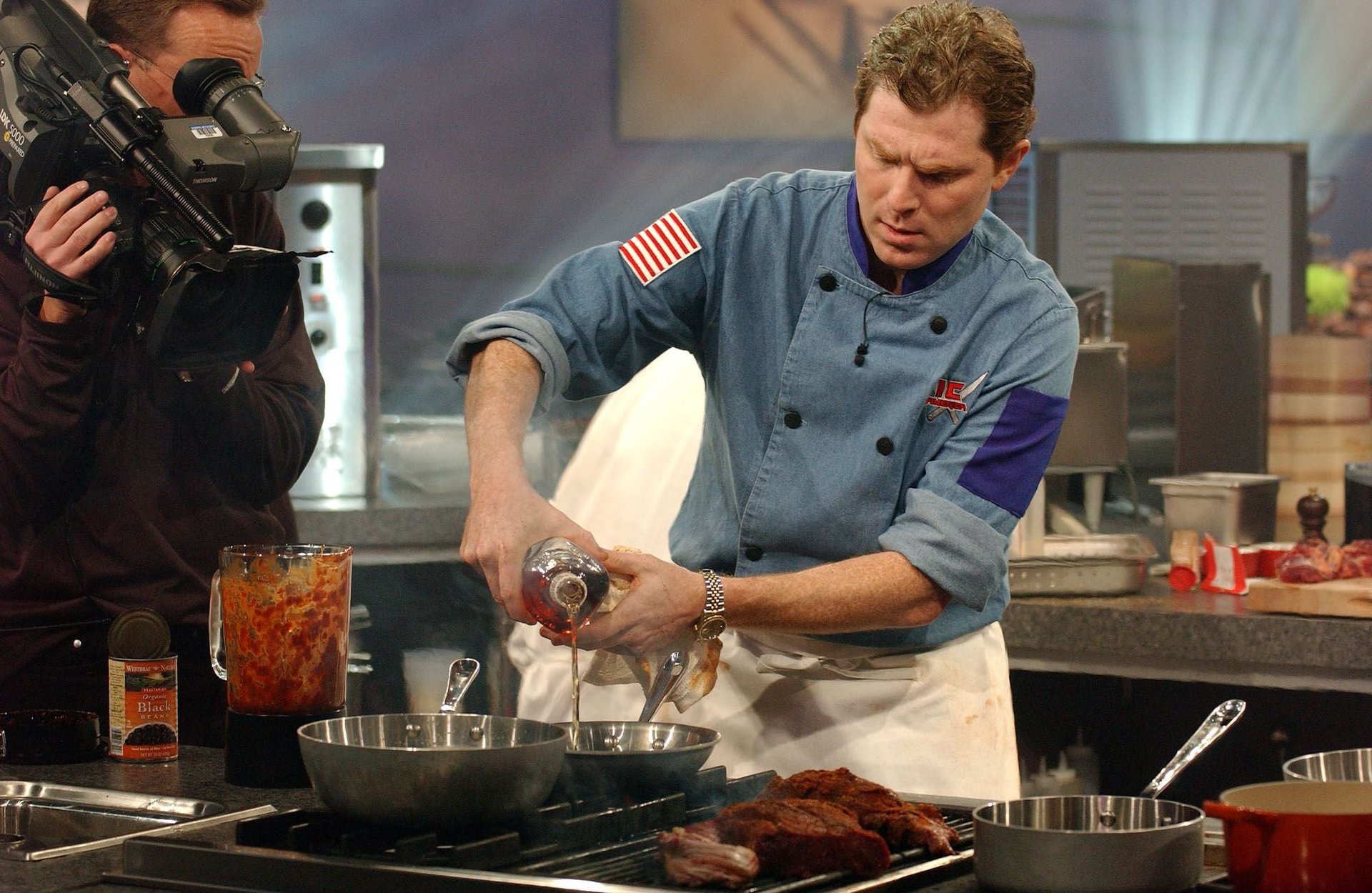
The popularity of Iron Chef reruns led to the creation of Iron Chef America and The Next Food Network Star in 2005, the first original Food Network competitions, which in the year of their launch became the most popular primetime shows on the channel. The fast-paced competition show Chopped, which pits four chefs against each other in a three-round competition, debuted in 2009 and became a template for future shows. In each round, the chefs receive a mystery basket of items they are required to use in their dishes, and by process of elimination, the final two face off in the dessert round for a $10,000 prize.
Food Network programming that followed—Cutthroat Kitchen, Guy’s Grocery Games, Beat Bobby Flay—mimicked that structure with various twists: Make an appetizer with bacon popcorn and tuna belly! You have 90 seconds to get everything you need in a full-sized grocery store! Cook with lobster claws tied to your hands! In essence: less cooking, more judging.


Every element is designed to heighten the stress and lead to more exciting and suspenseful viewing, Oren tells Quartz. The sous chefs are gone, which makes the confessionals easier to mold into narration along with the show; the amount of cooking time makes it almost impossible to complete a dish; the competitors cook in crammed spaces to increase friction.
The competition shows that don’t follow this formula often copy other successful reality shows like Project Runway (see The Next Food Network Star: elimination rounds among aspiring stars) or The Amazing Race (see The Great Food Truck Race: same show but with food trucks in America).
On-screen judging inspires the competitive side of the audience, too. Foodies who live for the next best restaurant can apply the professional critiques on the show to their own food experiences, Oren explains. Viewers learn to say with authority that a dish ”is lacking in texture” or “needs a deeper flavor profile.”
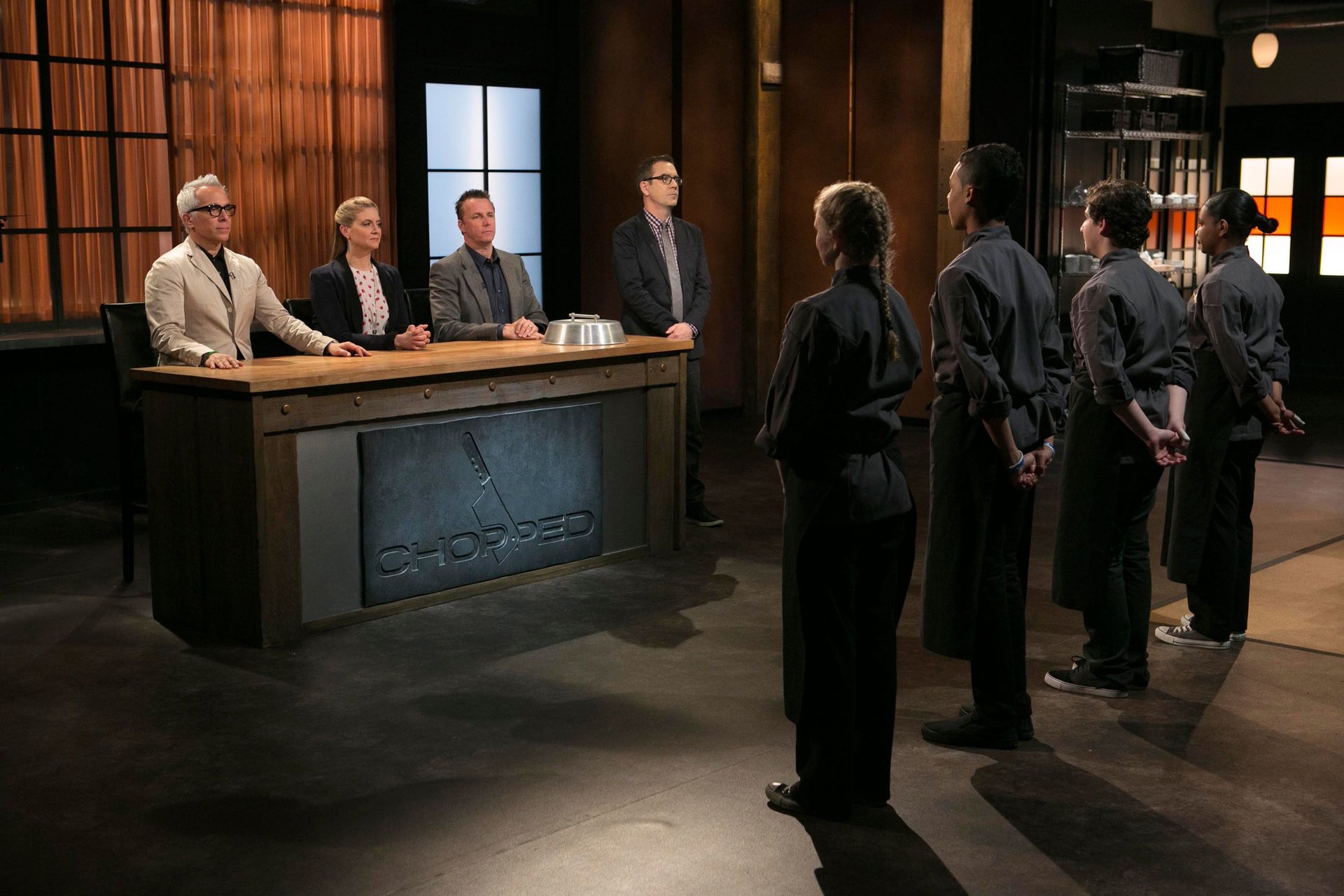
The formula has worked. The Food Network’s operating revenues have increased with its growth in shows. In 2011 the network became the biggest revenue generator for Scripps Networks Interactive (the company also owns HGTV, the Cooking Channel, Travel Channel, and DIY Network, among other brands), though it lost that spot to HGTV in 2013.
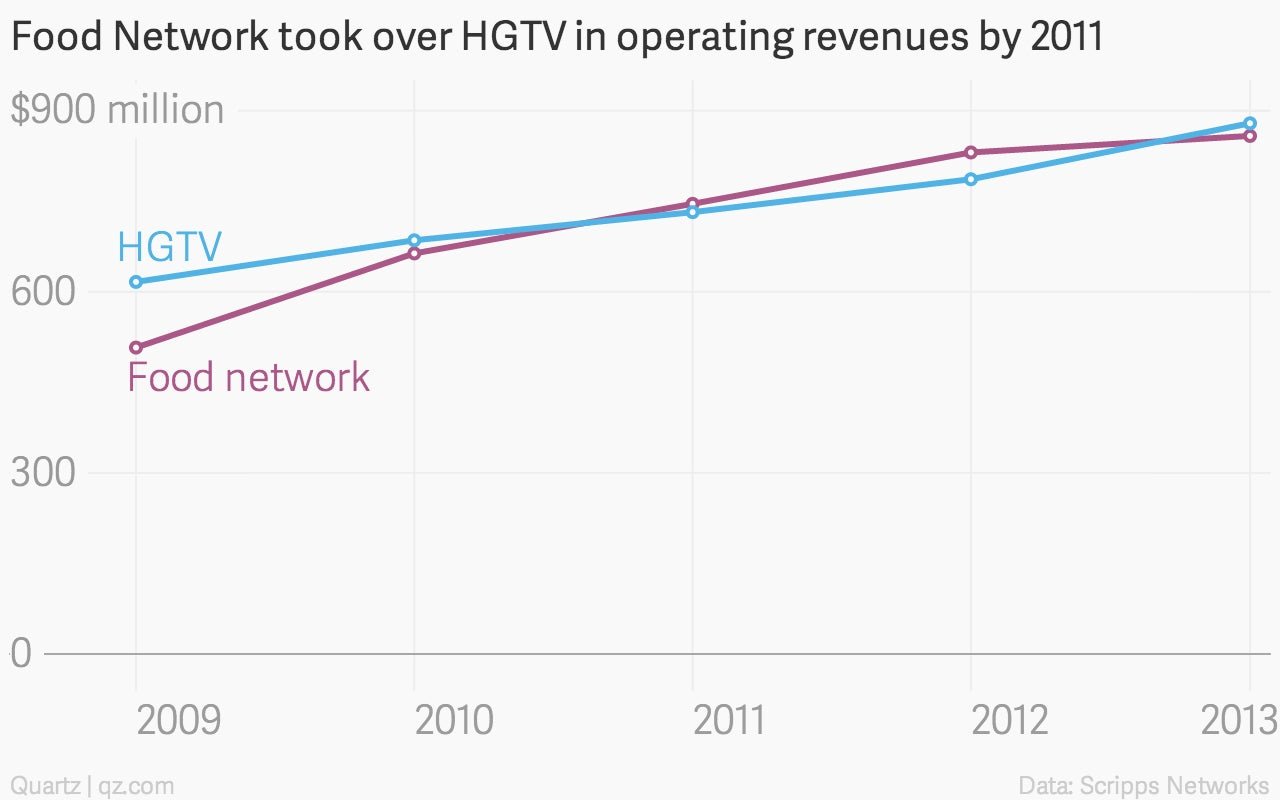
Still, the 21-year-old brand has continued to grow as other networks have shed viewers. The 20 most-viewed primetime shows on the Food Network pulled in a median of roughly 1.1 million viewers per episode in 2014, compared to roughly 255,000 viewers per episode in 2000, according to Nielsen.
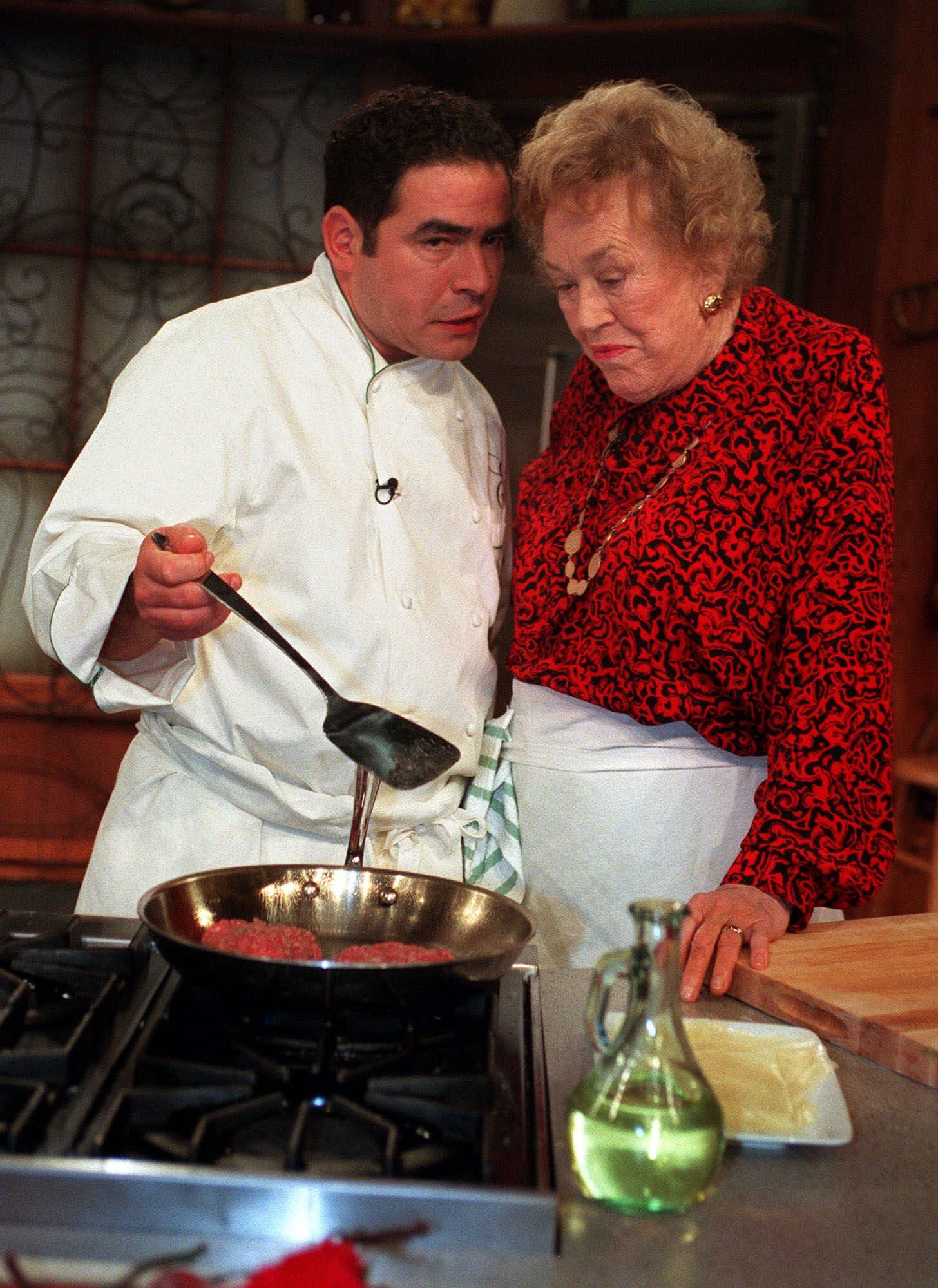
The primetime shows with the most viewers in 2000 were:
- Iron Chef
- Emeril Live
- Food Nation with Bobby Flay
- Food Finds
- Good Eats
Those with the most viewers in 2014 are:
- Food Network Star
- Worst Cooks in America
- Chopped Tournament
- Cutthroat Kitchen
- Guy’s Grocery Games
Since 2010, four of the five most-watched primetime shows on the network were competitions. This year, all five most-watched primetime shows are competitions. But the Food Network insists that the cooking still drives the narrative. “Yes, the competitors are faced with huge challenges in terms of limited time, ingredients, tools and environment,” its general manager and senior vice president Bob Tuschman said in an email response to our request for an interview. “But what drives the storytelling is how they use their culinary expertise to cook their way out of the corner they find themselves boxed into.”
Oren has different explanation. The Food Network figured out that “most people who watch TV about cooking don’t cook,” she says. ”They watch for the sport of it, for the fun of it.”